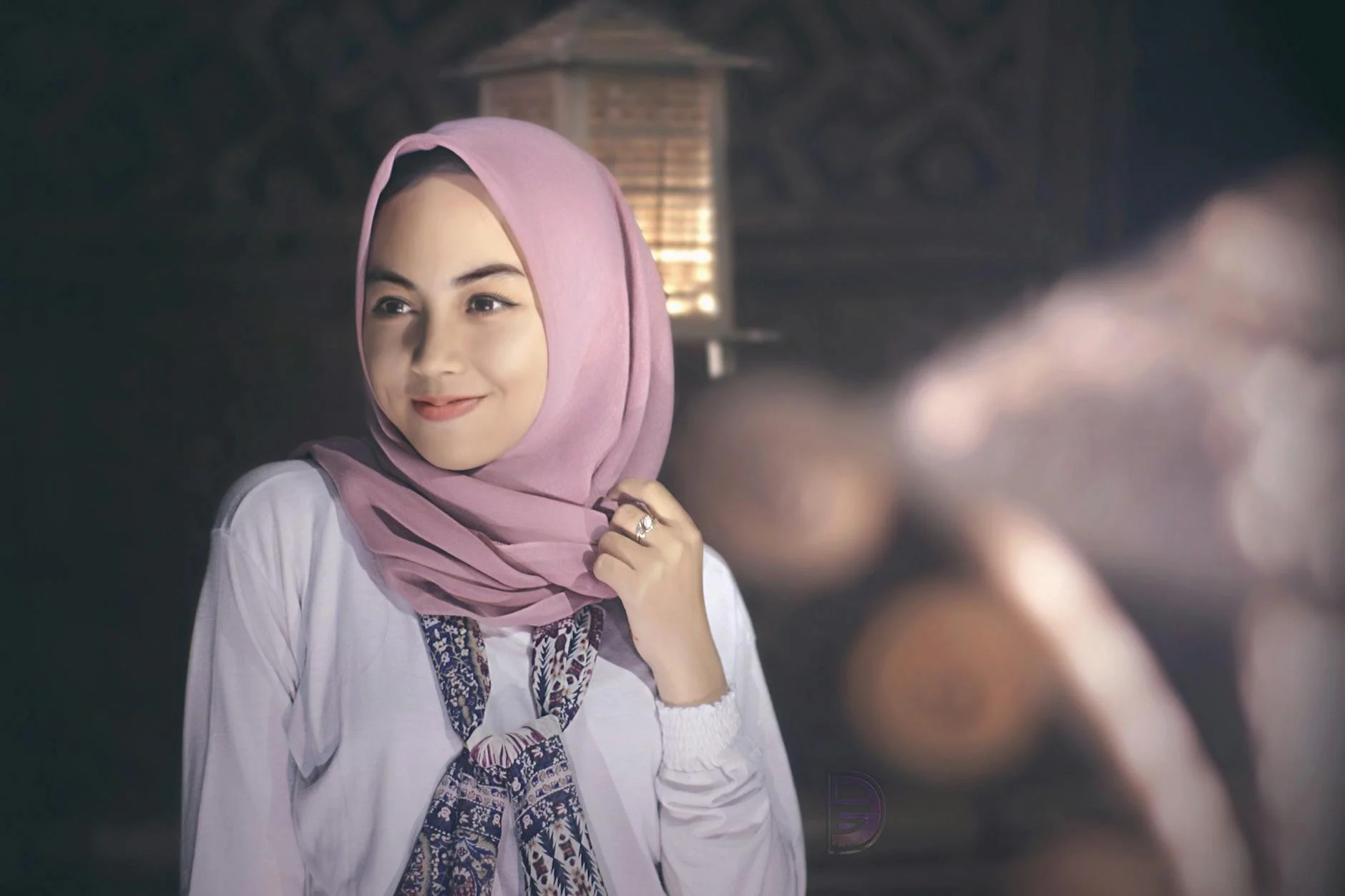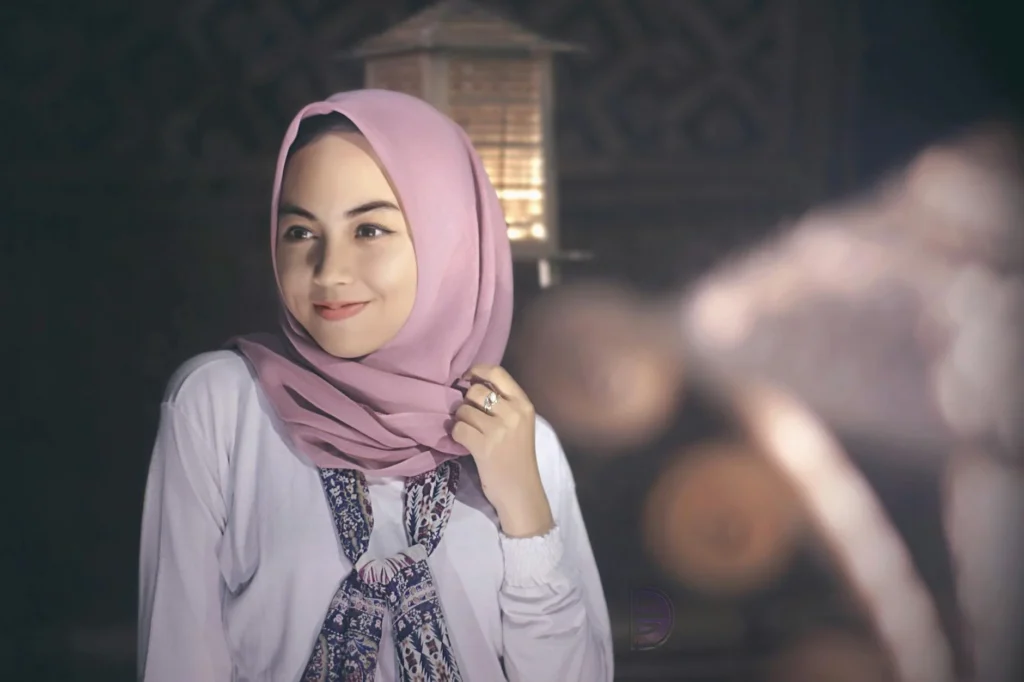

hijabhoojup Have you ever heard of hijabhoojp? 🧕✨ This unique term might sound unfamiliar, but it’s revolutionizing the way we think about modest fashion and cultural identity. Blending traditional values with contemporary style, hijabhoojp is more than just a trend—it’s a movement that’s empowering women around the world.
In a society where fashion often clashes with religious beliefs, hijabhojp offers a fresh perspective on how to express oneself while staying true to one’s faith and cultural roots. But what exactly is hijabhoojp, and why is it gaining such momentum? From its practical considerations to its profound impact on personal identity, this fascinating concept is reshaping the narrative around modest dressing.
Join us as we dive into the world of hijabhoojp, exploring its fashion-forward approach, cultural significance, and the empowering message it sends to women everywhere. We’ll uncover how this innovative style is bridging gaps, challenging stereotypes, and creating a space for self-expression that honors both tradition and individuality.
Understanding Hijabhoojup
A. Definition and origin
Hijabhoojup, a term blending “hijab” and “hoojup” (a colloquial expression for dressing up), refers to the art of styling hijabs in creative and fashionable ways. This concept originated from the desire of Muslim women to express their individuality while adhering to religious dress codes. The practice has roots in various Islamic cultures but gained global prominence with the rise of social media and fashion influencers.
B. Cultural significance
Hijabhoojup holds immense cultural significance as it represents:
- A bridge between tradition and modernity
- A form of self-expression within religious boundaries
- A celebration of diversity in Islamic fashion
| Aspect | Traditional Hijab | Hijabhoojup |
|---|---|---|
| Style | Simple, uniform | Diverse, creative |
| Purpose | Modesty | Modesty + Fashion |
| Appeal | Conservative | Broader audience |
C. Modern interpretations
Modern interpretations of hijabhoojup include:
- Incorporating trendy accessories like brooches and pins
- Experimenting with various fabrics and textures
- Adapting hijab styles to complement different outfits
- Using social media platforms to share tutorials and inspiration
These contemporary approaches have transformed hijabhoojp into a global fashion movement, empowering Muslim women to embrace their faith while staying stylish and confident in their appearance.
Fashion and Style
Traditional Designs
Traditional hijabhoojup designs often feature intricate patterns and embroidery, reflecting the rich cultural heritage of Muslim communities. These designs typically incorporate geometric shapes, floral motifs, and calligraphy, creating elegant and timeless looks.
Contemporary Trends
Modern hijabhoojup styles have embraced innovation while maintaining modesty. Today’s trends include:
- Layered looks
- Asymmetrical cuts
- Statement accessories
- Minimalist designs
These contemporary styles allow for greater self-expression and versatility in everyday wear.
Fabric Choices
The choice of fabric plays a crucial role in both comfort and style. Popular fabric options include:
| Fabric | Characteristics | Best For |
|---|---|---|
| Cotton | Breathable, lightweight | Everyday wear, summer |
| Silk | Luxurious, elegant | Special occasions |
| Chiffon | Flowy, delicate | Layering, formal events |
| Jersey | Stretchy, comfortable | Casual wear, sports |
Color Palettes
Color choices in hijabhoojup fashion have expanded significantly, offering a wide range of options to suit personal preferences and occasions. Popular color palettes include:
- Earth tones for a natural, understated look
- Jewel tones for bold, vibrant statements
- Pastels for soft, feminine aesthetics
- Monochromatic schemes for sleek, modern appearances
By combining traditional elements with contemporary trends, diverse fabric choices, and varied color palettes, hijabhoojup fashion continues to evolve, allowing wearers to express their personal style while adhering to their religious and cultural values.
Religious and Cultural Context
Islamic Principles
The practice of hijabhoojup is deeply rooted in Islamic principles, emphasizing modesty and spiritual devotion. In Islam, the concept of hijab extends beyond physical covering to encompass behavior and conduct. The Quran provides guidance on dress codes for both men and women, with particular emphasis on women’s attire to protect their dignity and promote a focus on inner beauty.
Regional Variations
While the core principles remain consistent, hijabhoojup practices vary significantly across different regions:
| Region | Typical Hijabhoojup Style |
|---|---|
| Middle East | Abaya with headscarf |
| South Asia | Dupatta or chador |
| Southeast Asia | Tudung or kerudung |
| Western countries | Diverse styles adapting to local fashion |
These variations reflect the rich cultural tapestry of the Muslim world, showcasing how Islamic principles are interpreted and applied in different contexts.
Social Implications
The practice of hijabhoojup carries significant social implications:
- Identity expression
- Community belonging
- Challenging stereotypes
- Promoting cultural dialogue
In many societies, hijabhoojup has become a symbol of religious identity and cultural pride. It often serves as a visible marker of faith, fostering a sense of community among Muslim women. However, it can also lead to misconceptions and discrimination in some contexts, highlighting the need for greater understanding and acceptance of diverse cultural practices.
Practical Considerations
Now that we’ve explored the cultural and fashion aspects of hijabhoojup, let’s delve into some practical considerations that can make your hijab-wearing experience more comfortable and enjoyable.
Comfort and Fit
When it comes to hijabhoojup, comfort is key. Choose fabrics that are breathable and suitable for your climate. Here’s a quick comparison of popular hijab materials:
| Material | Breathability | Durability | Best for |
|---|---|---|---|
| Cotton | High | Moderate | Everyday wear |
| Silk | Moderate | Low | Special occasions |
| Chiffon | High | Low | Layering |
| Jersey | High | High | Active lifestyle |
Occasion-specific Styles
Adapting your hijabhoojup to different occasions is essential. Consider these options:
- Casual outings: Opt for simple, easy-to-wear styles like the classic wrap or one-piece Al-Amira
- Formal events: Experiment with elegant drapes or ornate pins for added sophistication
- Sports activities: Use moisture-wicking, secure styles that stay in place during movement
Maintenance and Care
Proper care ensures your hijabs last longer and look their best. Follow these tips:
- Wash according to fabric type
- Air dry to prevent shrinkage
- Store flat or rolled to avoid creases
- Use a steamer for quick touch-ups
With these practical considerations in mind, you’ll be well-equipped to make the most of your hijabhoojup experience. Next, we’ll explore how hijabhoojup can be a source of empowerment and identity expression.
Empowerment and Identity
Personal expression
Hijabhoojup offers a unique avenue for personal expression, allowing individuals to showcase their creativity and style while adhering to their faith. Through carefully chosen fabrics, colors, and accessories, wearers can curate a look that reflects their personality and cultural background.
Breaking stereotypes
Hijabhoojup challenges preconceived notions about Muslim women, demonstrating that modesty and fashion can coexist harmoniously. By embracing diverse styles and interpretations of hijab, wearers actively contribute to dismantling stereotypes and fostering understanding across cultures.
Community and solidarity
The practice of hijabhoojup creates a sense of unity among Muslim women, fostering a supportive community. This shared experience strengthens bonds and promotes solidarity, empowering individuals to embrace their identity with confidence.
| Aspect | Impact on Empowerment and Identity |
|---|---|
| Personal Expression | Allows for creativity and individuality |
| Breaking Stereotypes | Challenges misconceptions about Muslim women |
| Community and Solidarity | Fosters unity and support among wearers |
Hijabhoojup serves as a powerful tool for self-expression and identity affirmation. By embracing this practice, Muslim women:
- Reclaim agency over their appearance and religious expression
- Challenge societal norms and expectations
- Build confidence in their faith and cultural heritage
- Create a positive representation of Muslim women in diverse fields
As we explore the multifaceted nature of hijabhoojup, it becomes clear that this practice extends far beyond mere clothing choices. It serves as a powerful statement of faith, identity, and empowerment for Muslim women around the world.
Conclusion:
Hijabhoojup represents a unique intersection of fashion, culture, and personal identity. By exploring its various aspects, we’ve uncovered the depth and significance of this practice in the lives of many individuals. From stylish adaptations to religious significance, hijabhoojup offers a way for people to express themselves while honoring their beliefs and traditions.
As we’ve seen, the choice to wear hijabhoojup is deeply personal and multifaceted. It empowers individuals to embrace their identity, challenge stereotypes, and navigate the complexities of modern life while staying true to their values. Whether you’re considering adopting hijabhoojup or simply seeking to understand it better, remember that it’s a journey of self-expression and cultural connection that goes far beyond mere clothing.
Share this content:







